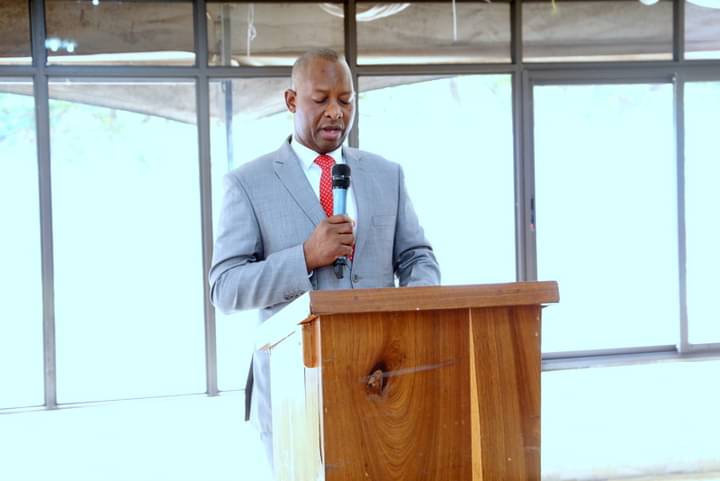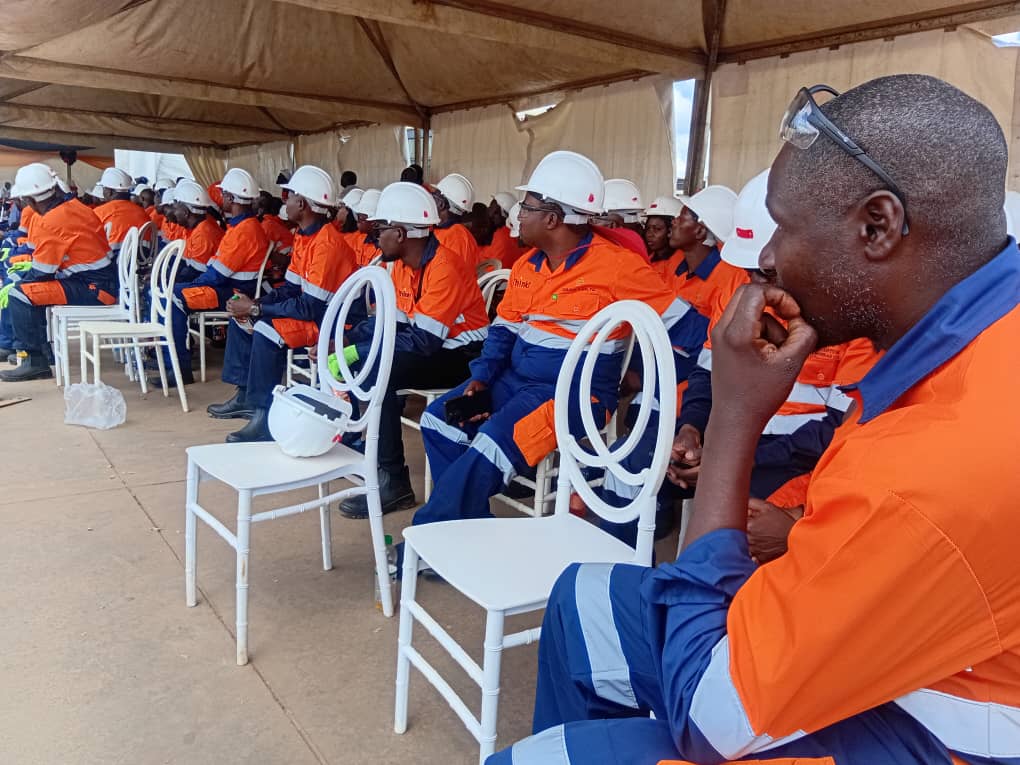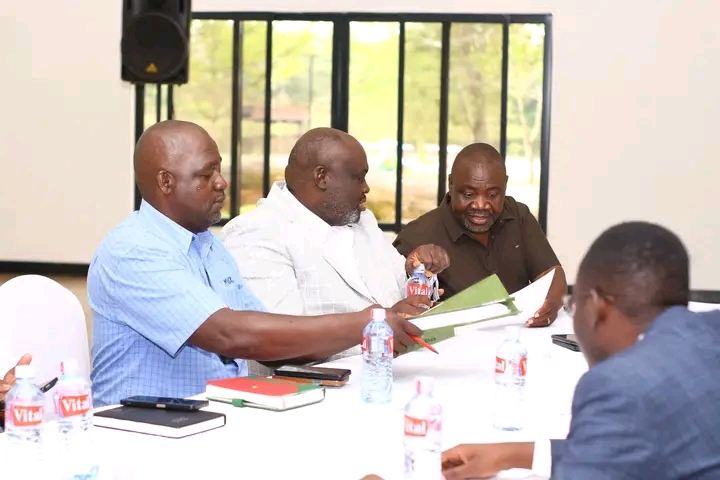THE Government has secured US$12.7 million to undertake a water and sanitation project in Kabwe as a response to the water crisis facing the Central Province district.
Water Development and Sanitation Minister Mike Mposha said the project was one of the 12 projects that the Government earmarked to undertake in various parts of the country to improve access to water.
Mr Mposha said this when he commissioned 15 waterborne lavatories built by Habitat for Humanity Zambia (HHZ) in Kabwe yesterday.
He was also responding to Bwacha Member of Parliament Sydney Mushanga’s question on what the Government was doing to address the continued water challenges in Makululu Township.
Mr Mposha said the Government was aware of the problem and was driving towards the attainment of the Sustainable Development Goal (SDG) number six of ensuring every citizen had access to clean and safe water by 2030.
“Honourable Member of Parliament, Mr Mushanga I want to assure you that these challenges our people are facing are gradually being attended to by the Government. We have 12 bankable projects that are ready to be financed and executed.
“Out of the 12 projects one of them is coming to Kabwe, we are almost ready to start the project as $12.7 million coming to Kabwe and I will see to it that it is executed for the people to derive benefit from the project,” Mr Mposha said.
He commended HHZ for considering the residents of Makululu by providing the houses and the 15 waterborne lavatories adding that the Government would continue to partner with stakeholders such as HHZ to improve the living conditions of people.
HHZ board chairperson Maureen Mwanawasa said her organisation would construct more waterborne lavatories to reach a target of 40, this year.
Dr Mwanawasa commended Germany for funding the construction of the lavatories.
HHZ country director Mathabo Makuta said the target was to put up 80 waterborne lavatories by 2025 as a way of contribution to the attainment of SDG number six.
An estimated 80 per cent of Kabwe’s population uses onsite sanitation facilities, an indication that they depended on pit latrines and septic tanks of which among these facilities an estimated 51 per cent were unlined.








